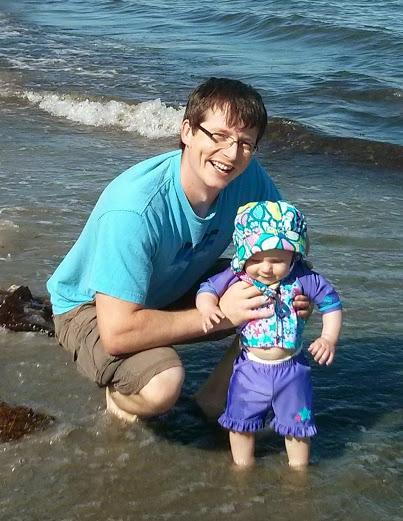
- posted: Oct. 03, 2017
I've been getting some questions about my previous blog post "Regular Exercise: it doesn't have to be hard!". Specifically, folks seem genuinely confused on just how hard you have to work to improve your aerobic fitness and reach so many of the health benefits that I had mentioned. I am here to reiterate that it truly does not have to be gruelling! I would like to introduce a simple and effective training tool called the Talk Test. This test simply states that if your breathing is slightly laboured but you are able to maintain a light conversation while exercising, you are in a good intensity range for aerobic training. If light conversation seems too taxing, you are likely pushing yourself too hard!
Lets dig into our body's metabolism a little bit. A simplistic view of our energy metabolism can have it divided into two portions: aerobic and anaerobic systems. The aerobic system takes fuel stores in our body and, with the help of oxygen, creates lots of energy to fuel our working muscles. The only major bi-products created by aerobic metabolism are carbon dioxide, which we exhale, and water! Our anaerobic system kicks in fully when we are not getting enough oxygen to run predominantly on aerobic metabolism. This is a problem because our anaerobic system is much less efficient! Not only does it produce a fraction of the energy that our aerobic system would with the same fuel, but it also churns out lactate and hydrogen ions as bi-products. Lactate (lactic acid) actually doesn't deserve all the flack it gets in fitness communities... but that is a story for another day! It is actually the build-up of hydrogen ions that is the big problem, as this increases cellular acidity and causes that wonderfully terrible burning feeling as we exercise.
What is important to note here is that if we are working predominantly with our aerobic metabolism we can exercise comfortably for quite a long time before having to stop. Once we start working a little bit too hard there isn't enough oxygen to go around no matter how hard we breath, and our anaerobic metabolism has to pick up the slack. This means a build-up of acidity, burning muscles, and that uncomfortable shortness of breath. The anaerobic system can be trained and fine-tuned to help with certain athletic activities, but simply isn't that important if your primary goals are wellness and healthy living.
So how do we make sure we are staying within the sustainable aerobic system? The Talk Test is probably all most of us need! If you feel it is too difficult to have a light conversation while exercising, simply drop the intensity until this is no long an issue. Working any harder will not gain you much more in terms of health benefits, but will make exercising much less pleasant. Heart rate monitors can be quite useful if you like gadgets, and there are many charts that give you the recommended heart-rate range for aerobic training. There are also much more elaborate fitness tests that can be performed (ie. VO2 Max Testing) that tell you exactly when you transition past that aerobic training zone. This can be very valuable information when training for athletic performance, as it will allow you to fine tune your training program and give you that competitive edge. But if you are simply exercising for fun and wellness, the Talk Test is probably all you need. Arm yourself with this information, grab a friend, and go enjoy a nice light conversation while getting your daily exercise!
Thanks for reading! If you haven't yet, please do check out my 30-minute wellness challenge. I want to see more fellow Vancouver Islanders getting their daily 30-minutes of exercise! We are still shy of reaching that first participation milestone, and I'm getting excited to have a prize draw! Also, for the latest 'Wellness Done Right' blog updates follow me on Twitter @derekbrownDC. Cheers!
Please also visit my blog, "Wellness Done Right". If you have a suggestion for a future topic please do drop a comment, or better yet tweet it to me @derekbrownDC. Until next time!Request Appointment
Location
WOODGROVE PINES WELLNESS CLINIC
6135 Metral Dr Unit 102
Nanaimo, BC V9T 2L7

